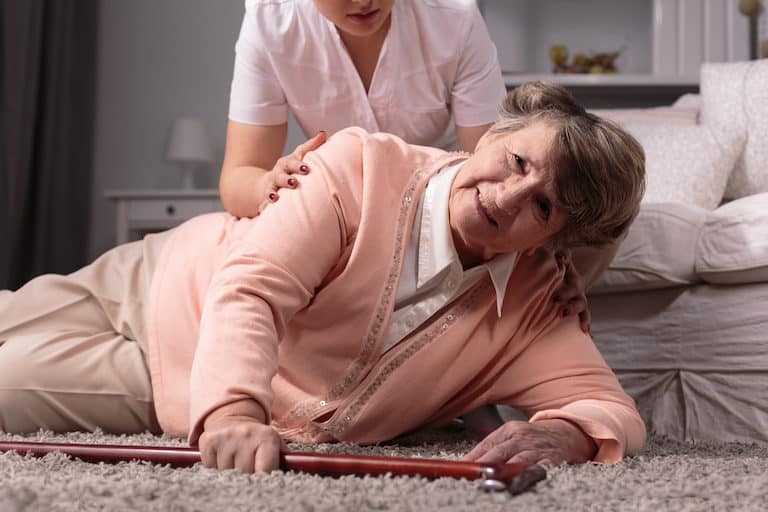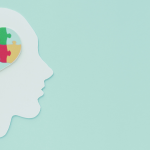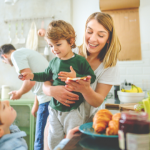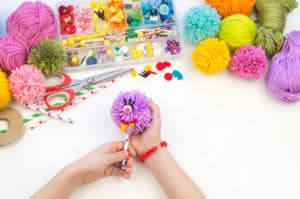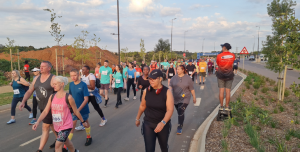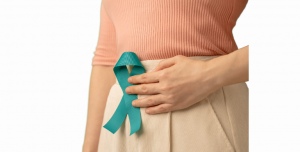Every year, millions of people make unexpected trips to the emergency room due to falls at home. It’s a startling fact that 60% of all falls occur right where we should feel safest – in our own homes. While these statistics might seem alarming, there’s good news: most of these accidents are preventable with some thoughtful home modifications. When it comes to preventing falls, small changes can make a big difference in keeping your loved ones safe.
Falls don’t discriminate – they can happen to anyone, at any age. However, as we grow older, the risk becomes more significant. For our senior population, falls represent more than just a temporary setback; they can lead to serious complications including:
- Hip fractures
- Severe cuts and bruising
- Traumatic head injuries
- Potential long-term mobility issues
Creating a safer living space
While it’s impossible to make any home completely accident-proof, we can significantly reduce the risk of falls through strategic safety measures. It’s important to note that while these safety measures are crucial, they shouldn’t replace proper supervision, especially for young children and elderly family members. Ready to make your home safer?
- Clean up clutter. The easiest way to prevent falls is to keep your home neat and tidy. Remove all floor clutter, books, shoes, newspapers etc. and rearrange furniture to create clear pathways. Clean up messes, spills and debris immediately.
- Tackle tripping hazards. Tie up those computer, lamp and extension cords laying around. Coil or tape cords and wires next to the wall. If needed, have an electrician put in another outlet. Examine every room and hallway, looking for items such as loose carpets, slippery throw rugs, or wood floorboards that stick up. Then repair, remove, or replace those items. Use non-slip backing so rugs won’t slip.
- Install safety supports. Grab bars and handrails aren’t just for hospitals. These safety devices are crucial for older persons going up and down stairs, getting on and off the toilet, and stepping in and out of the bathtub. Have solid handrails on both sides of the stairway.
- Dress for success. Avoid wearing loose clothing. While comfort is key at home, baggy clothes can sometimes make you more likely to fall. Choose better-fitting and properly hemmed clothing that doesn’t drag on the floor.
- Light it right. Good lighting isn’t just about ambiance – it’s about safety. Install brighter bulbs in high-traffic areas, particularly in stairways and narrow hallways. Add night lights in hallways and bathrooms. Ensure outdoor pathways are well-lit, and don’t forget porches and garage areas.
- Wear shoes. Going barefoot might feel natural, but it’s not always safest. Wear proper shoes with a good grip indoors and out. Skip the slippers and socks on hard floor as they present a slipping risk.
- Create non-slip zones. Bathtubs and showers, as well as floors in kitchens, bathrooms, and outdoor porches can become extremely slippery when wet. Rather use non-slip mats or permanent non-skid surfaces, especially in these high-risk areas.
- Smart storage solutions. Reaching for items shouldn’t be a risky endeavour. Keep a sturdy step-stool around in case you need to reach higher shelves. Better yet, keep your frequently used items shoulder height.
- Slow down, don’t rush. Many people fall at home by moving too quickly from a sitting to a standing position and vice versa. Never rush through transitions. Preventing falls like this is as easy as taking your time. Pause between sitting and standing. Never rush up or down the stairs. It’s a major cause of falls.
Staying steady: A guide to fall prevention for older adults
Falls are more than just physical accidents – they can be life-changing events that impact both physical and mental well-being. Many older adults find themselves caught in a concerning cycle: after experiencing a fall, they become so fearful of falling again that they limit their activities. This can result in further physical decline, depression, social isolation, and feelings of helplessness. Don’t let the fear of falling again prevent you from being active. Inactivity creates an even greater risk of falling.
The first step to avoiding falls is to understand what causes them. In addition to unsafe conditions in and around your home, poor balance, decreased muscle and bone strength, and reduced vision or hearing, can also increase your chance of falling.
Have your doctor look at all the medicines you take, even over-the-counter medicines and ask about possible side effects. If your medication causes dizziness or sleepiness, adjust your activities so you aren’t at risk of falling. Read directions carefully so you’re aware of potential reactions with other medications. Don’t mix alcohol and medications. Alone or in combination with drugs, alcohol can cause falls. Have your eyes checked by an optometrist at least once a year and update your glasses.
If you should fall…
- Try to land on your buttocks to prevent more serious injuries
- Take your time. Don’t rush to get up
- Make sure you are not injured before trying to get up or letting others help you get up.
Fall prevention isn’t about limiting your life – it’s about empowering you to live it fully and safely. By making thoughtful adjustments to your home environment, staying physically active, and managing your health proactively, you can significantly reduce your fall risk while maintaining your independence and quality of life.
Reviewed: January 2025

